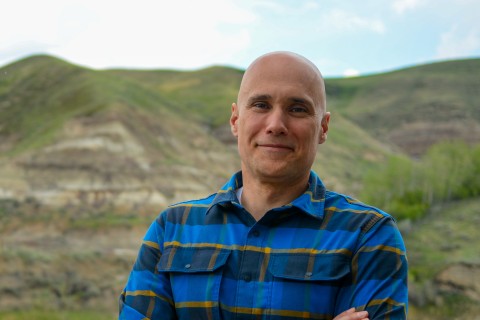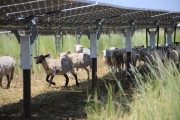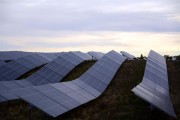Albertans are no strangers to the extreme cold. We proudly layer up and don our parkas every winter. Although the most recent cold snap saw some of the coldest temperatures in the province in decades, we plowed on. But then our phones went off. For the first time, the Government of Alberta used its emergency notification system to notify Albertans about an electricity grid alert.
So, what exactly happened?
Unsurprisingly, the extreme cold brought more demand for electricity across the province: people needed more heat for their homes as did industrial processes. We set a new winter demand record; a trend driven by population growth and rising electricity use. However, thanks to households and industry quickly reducing demand, Alberta returned to exporting electricity to B.C. and Montana within two hours.
More interties and storage solutions
Alberta is effectively an electricity island — unique in Canada — with three small interties linking us to B.C., Saskatchewan, and Montana. These neighbouring provinces help balance our grid and vice versa. This means that, when Alberta has a surplus of energy, we can export to one of these regions where there may be a deficit. During that grid alert, we were on the receiving end of this balancing act. Upgrading and building more ties to our neighbours enables flexibility and lets us sell more power when we can. It allows for us to support one another during extreme weather events and ensures increased reliability. Notably, Alberta’s recent growth in wind and solar assets positions the province to become a net exporter of electricity.
Another major issue is that we still haven’t modernized regulations from the days of being dependent on centralized, large coal-fired power plants. For example, Alberta’s electricity market is not yet shaped to recognize the important role of energy storage. Energy storage has provided grids around the world with backup for decades (most notably, pumped hydro facilities back up large nuclear plants) and battery storage is now economic for backup for the grid and for households. In 2023, Calgary-based Enfinite added several new batteries to the grid, and on Jan. 13, these facilities bought Alberta a few more hours of electricity before the alert needed to be sent out. If we had more battery storage, the grid alert likely could have been avoided. In many cases, hydro has inherent energy storage potential, too, so having more interties with B.C. would help us use that as well.
Short-term demand and long-term planning
Automating demand-side management measures is another regulatory area that Alberta would benefit from modernizing. In the grid message, we were advised to delay the use of major appliances and turn off unnecessary ones. Electric grids around the world are incorporating demand response functions that would automate some of the actions suggested. One electric utility is testing time-of-use rates in Grande Prairie, though Ontario has proven for years that this approach helps manage the grid.
Alberta needs to plan long-term to proactively address the challenges that will arise in years to come. While more gas generation is coming, serious, detailed plans are needed to abate their emissions. Prioritizing interties and energy storage are two simple actions Alberta could take immediately to increase grid reliability. Renewables can help, too, by providing additional sources of energy and supporting a smarter grid. For example, wind and solar energy are fuel-saving, cost-effective technologies that can reduce household electricity bills by up to $600 per year.
While we needed gas that Saturday, and there remains a role for gas with carbon capture technologies on a net-zero grid, solar power provided substantial electricity during the day. Ending the pause on renewable energy approvals and accelerating their deployment — a leading source of external investment into Alberta — should be a priority for the government.
It’s up to Alberta to build a clean, affordable, and reliable grid, aligning itself with international standards and peer jurisdictions. The government knows many of the solutions and there is ample research from which they can draw. But the government needs to start acting on these solutions rather than muddling public understanding and politicizing the issue. Alberta needs to work with other provinces and the federal government to create a grid that is reliable, affordable, and clean.









